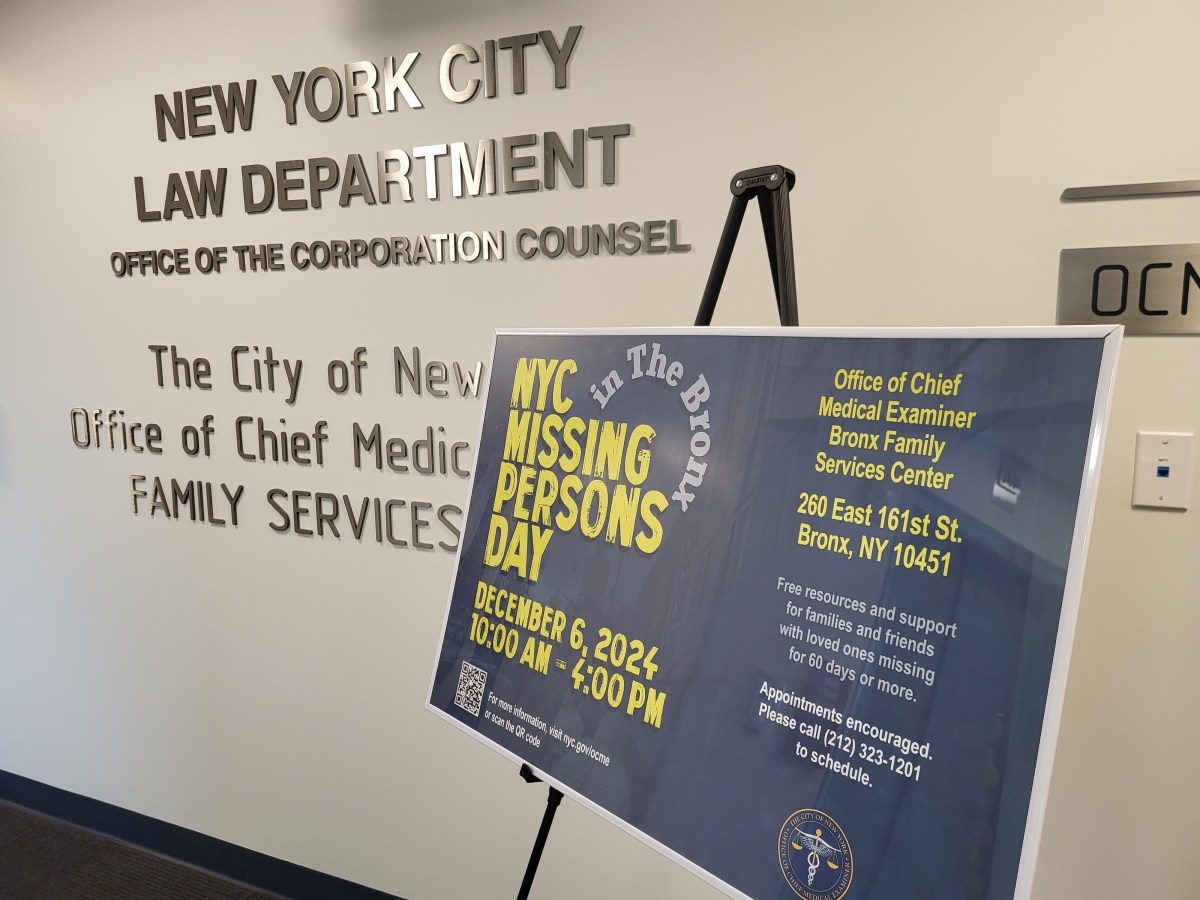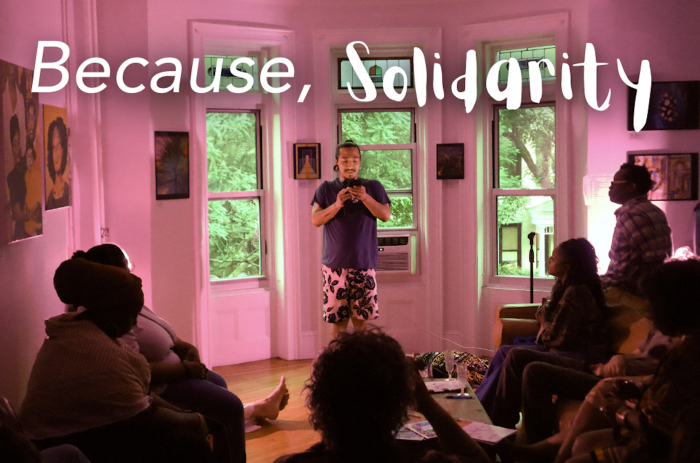
When federal officials put the nation’s first big offshore wind farm on hold in order to expand an environmental review of the project, the dirty irony was inescapable. The Trump administration — which has slavishly shed regulations, short-circuited environmental reviews and promoted fossil fuels — was using environmental protection to delay a renewable energy project.
But as clean a fit as that connect-the-dot conclusion might seem, the action was not unreasonable. The Bureau of Ocean Energy Management said it wanted its review of the 800-megawatt Vineyard Wind project south of Martha’s Vineyard to include an analysis of the cumulative impact of all offshore wind projects being developed.
As public policy, analyzing cumulative impacts is important. The offshore wind industry is expanding rapidly, especially in the Northeast. New York alone has handed out contracts for more than 1,800 megawatts with another 7,000-plus due by 2035. And Vineyard Wind, while it came from a fairly responsible developer who agreed to phase construction so as not to disrupt the migratory season of the highly endangered right whale, fell short in meeting concerns of the commercial fishing community. A good cumulative impact analysis would consider how industrial-scale wind power affects climate change, air and water pollution, migratory birds, marine mammals, and commercial and recreational fishers, among others.
BOEM must not use this delay to kill the project. Offshore wind is essential to the fight against climate change. Its benefits easily outweigh any negatives. BOEM, and the Trump administration in general, despite the president’s occasional disparagement of “windmills,” have been bullish on offshore wind as giant infrastructure projects with good jobs.
Until recently, the history of the industry was a graveyard of projects abandoned in the face of local opposition, regulatory hurdles and tough economics. As all of those improve and offshore wind gears up for a bright future, a fair and stable environmental review process is essential. That’s what BOEM needs to establish, and without further delay, so the nation can begin to harvest the clean power it needs.



































